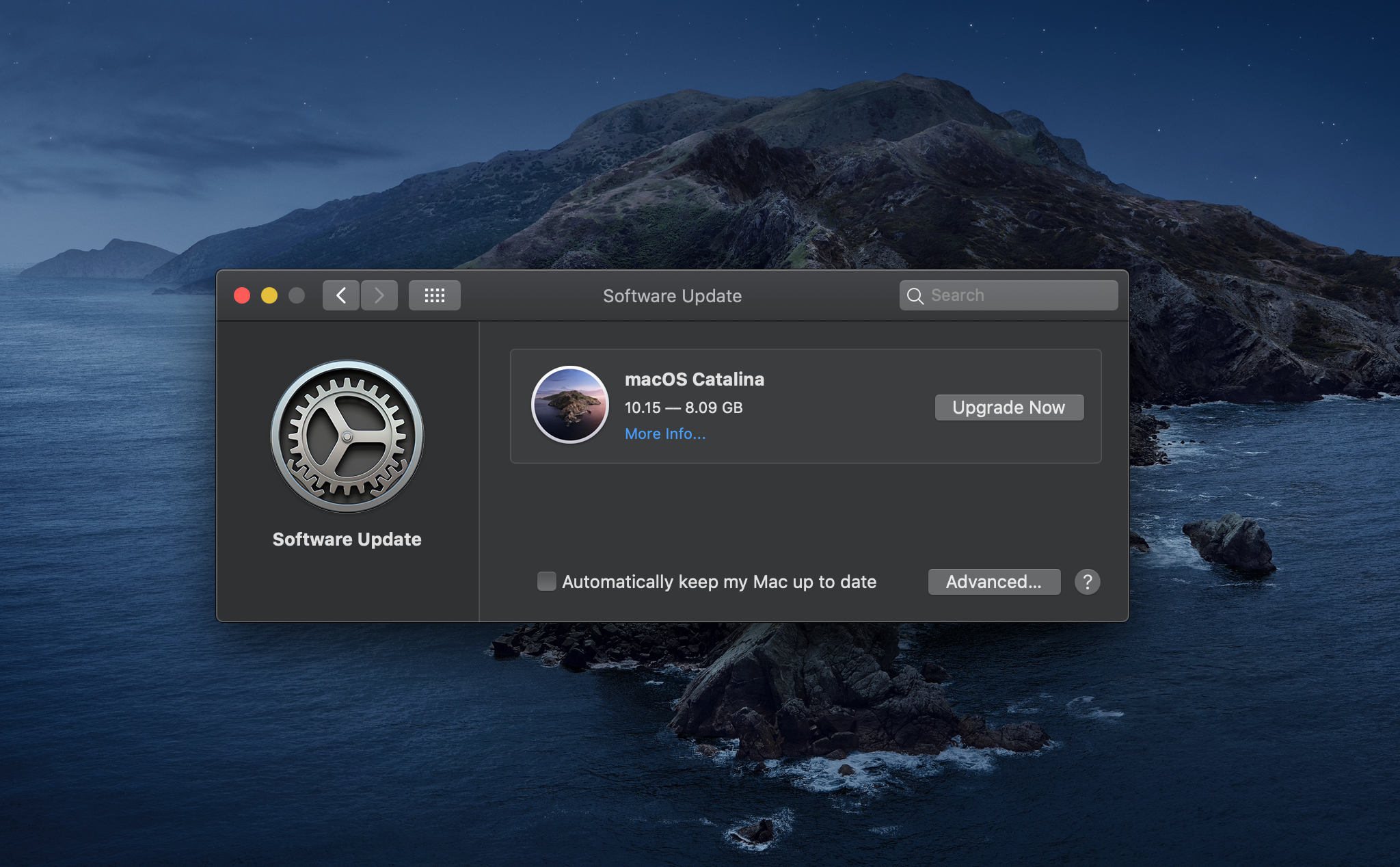

macOS Big Sur started reporting the system version as "11.0" on all Macs as of the third beta release. An exception to this was the Developer Transition Kit, which always reported the system version as "11.0".
#Big sur vs catalina update#
Providing some indication as to how the pre-release operating system may have been viewed internally at Apple during its development cycle, documentation accompanying the initial beta release of macOS Big Sur referred to its version as "10.16", and when upgrading from prior versions of macOS using the Software Update mechanism to early beta releases, the version referred to was "10.16". MacOS Big Sur is the final version of macOS to support Macs with Nvidia graphics cards, specifically the 15-inch dual graphics late 2013 and mid 2014 MacBook Pro models, as its successor, macOS Monterey drops support for those models. The operating system is named after the coastal region of Big Sur in the Central Coast of California, continuing the naming trend of California locations that began with OS X Mavericks. To mark the transition, the operating system's major version number was incremented, for the first time since 2001, from 10 to 11. It is also the first macOS version to support Macs with ARM-based processors. Most notably, macOS Big Sur features a user interface redesign that features new blurs to establish a visual hierarchy and also includes a revamp of the Time Machine backup mechanism, among other changes.

īig Sur is the successor to macOS Catalina, and was succeeded by macOS Monterey, which was released on October 25, 2021. It was announced at Apple's Worldwide Developers Conference (WWDC) on June 22, 2020, and was released to the public on November 12, 2020. MacOS Big Sur (version 11) is the seventeenth major release of macOS, Apple Inc.'s operating system for Macintosh computers.


 0 kommentar(er)
0 kommentar(er)
